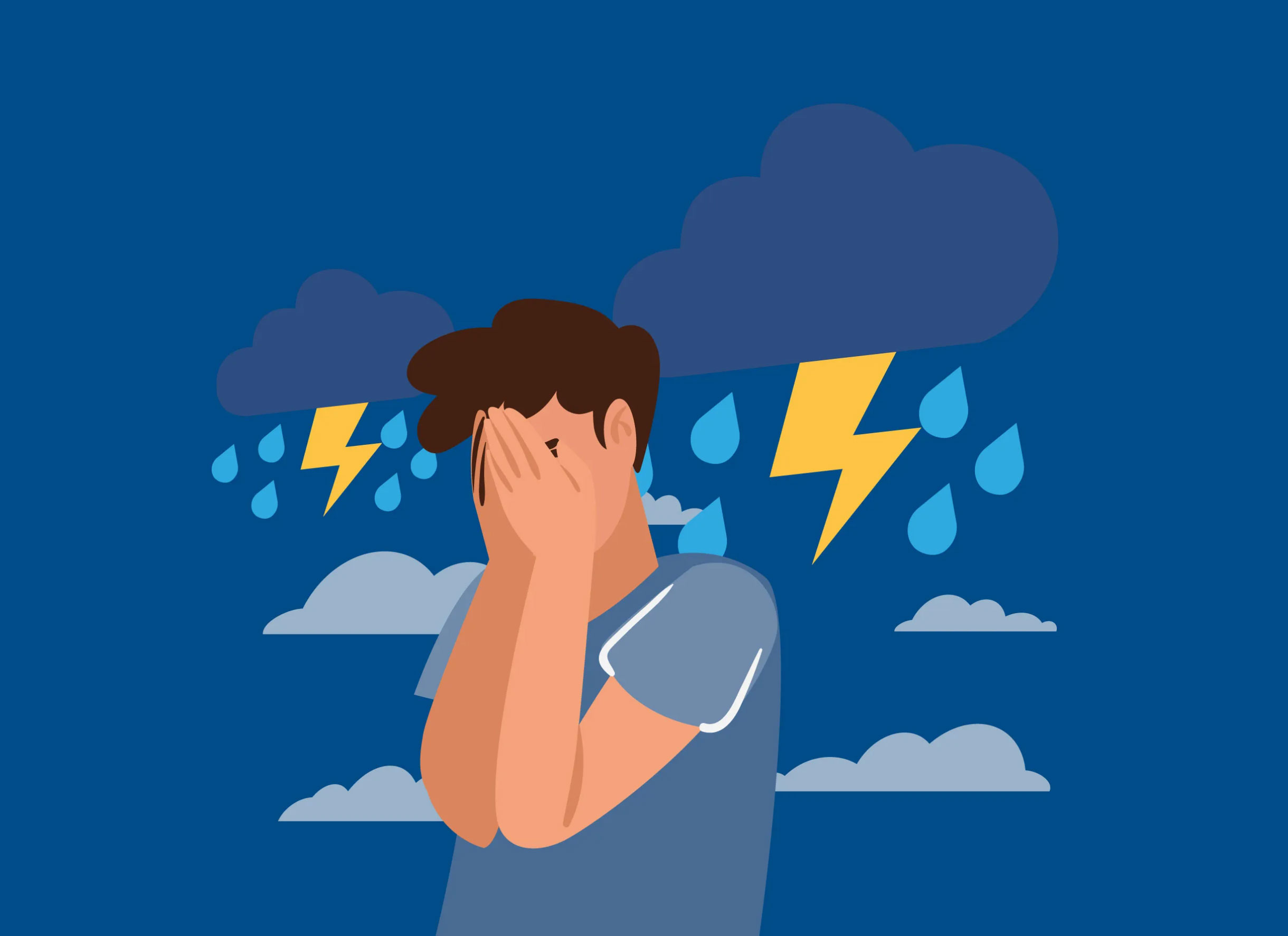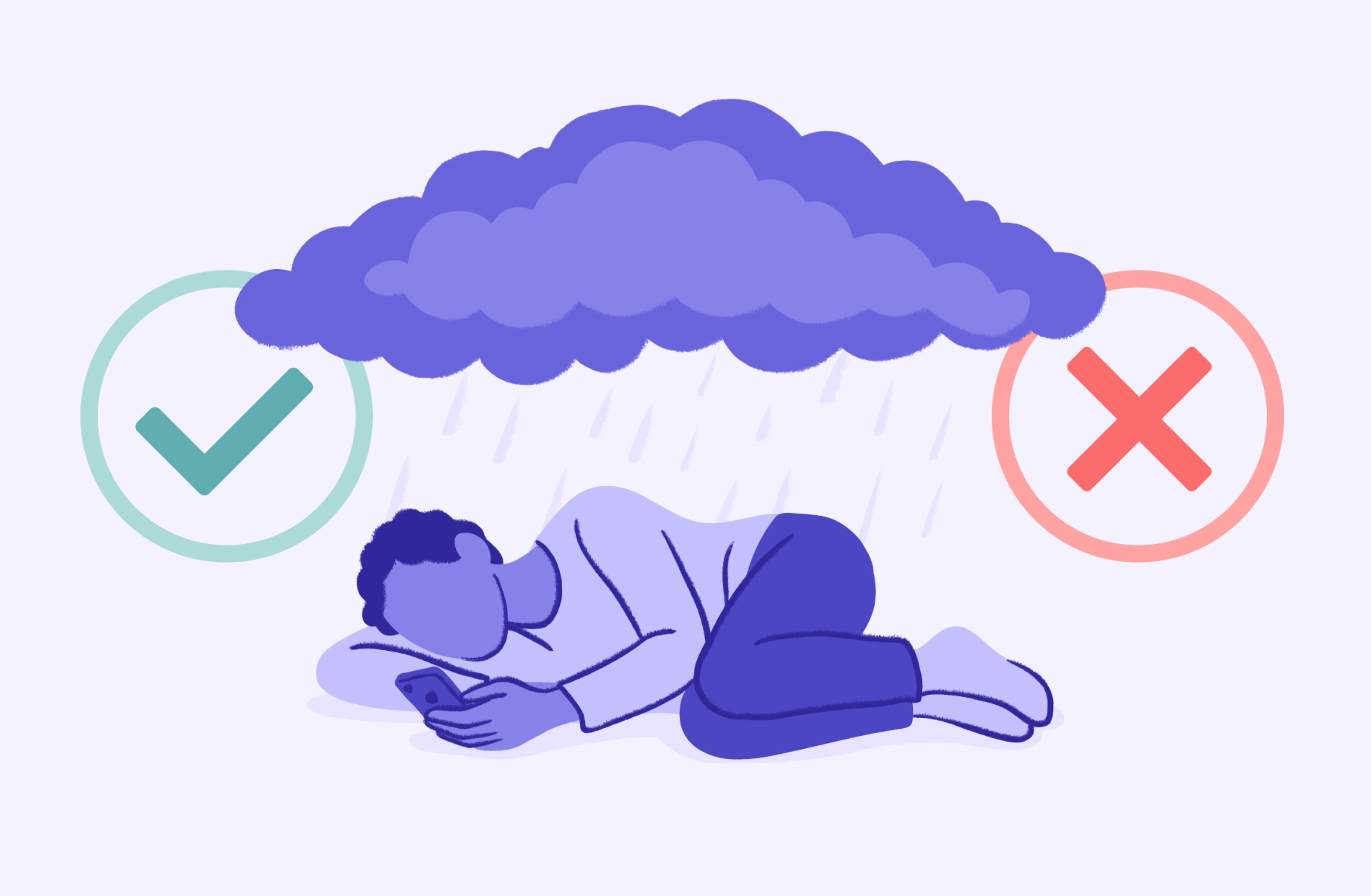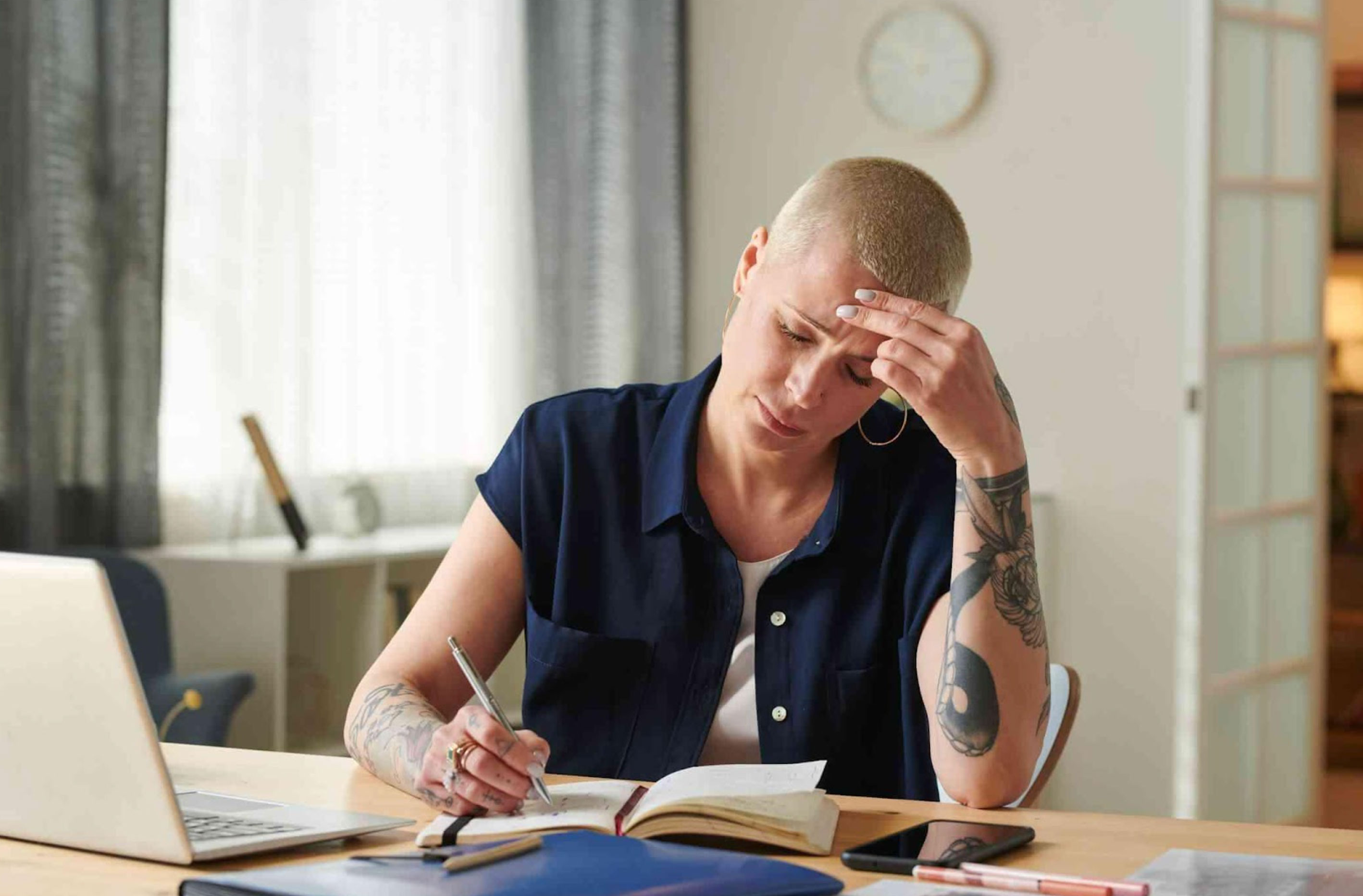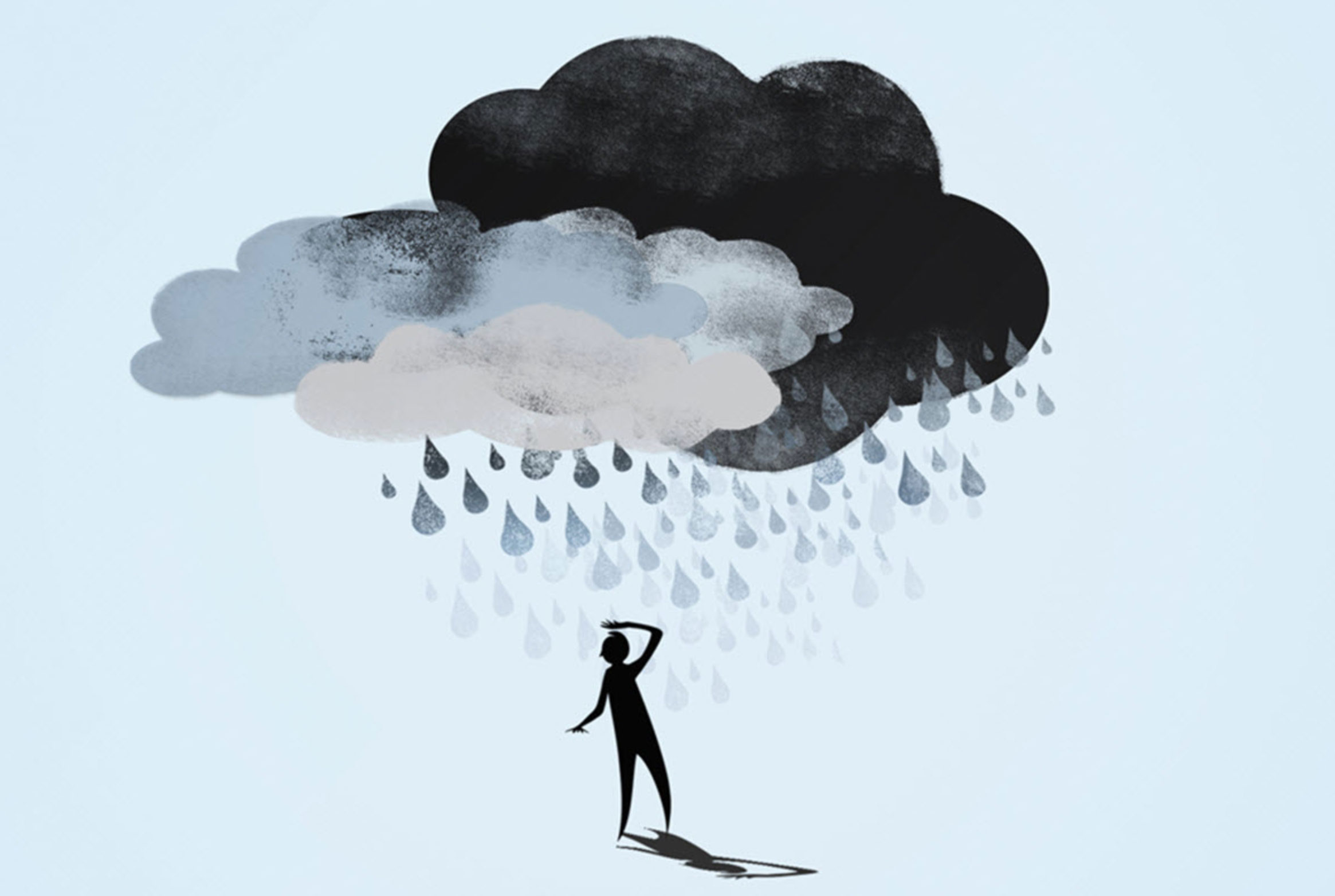A depression test is a mental health screening tool used to evaluate signs and symptoms of depression. Many people experiencing persistent sadness, low energy, and a loss of interest in daily activities seek clarity through such an assessment. But what does this test actually involve? In this article, we'll explore the structure, purpose, and different types of depression tests available today, helping you understand their role in identifying and managing mental health conditions.
Understanding the Purpose of a Depression Test

A depression test is designed to determine whether an individual may be experiencing clinical depression or exhibiting depressive symptoms. These tests are typically evidence-based and used by mental health professionals as part of a broader evaluation. They help capture emotional, behavioral, and cognitive patterns, allowing for early diagnosis and treatment planning. A depression test is not a final diagnosis, but it serves as a critical first step in seeking professional help.
Common Formats of Depression Tests

Depression tests come in various formats, including self-assessment questionnaires and clinician-administered interviews. The most common tests include the PHQ-9 (Patient Health Questionnaire-9), the Beck Depression Inventory (BDI), and the Hamilton Depression Rating Scale (HDRS). These tools have standardized scoring systems that help gauge the severity of depression symptoms and monitor changes over time.
Key Components of a Depression Test

Most depression tests focus on core symptoms such as mood, energy levels, sleep patterns, appetite, concentration, and thoughts of self-worth or self-harm. Questions typically ask you to rate how often you've experienced specific symptoms over the past two weeks. For instance, you may answer questions like 'Have you felt down, depressed, or hopeless?' or 'Have you had trouble concentrating on tasks?' These assessments rely on honest and thoughtful responses.
The Role of Online Depression Tests

Online depression tests have become increasingly popular for their convenience and privacy. Many reputable organizations, including mental health nonprofits and healthcare providers, offer free online screenings. While not a substitute for a full clinical diagnosis, online depression tests can be a helpful starting point for individuals uncertain about their feelings or unaware of their emotional state. They can offer validation and serve as a prompt to seek further professional support.
How Mental Health Professionals Use Depression Tests

Psychologists, psychiatrists, and licensed therapists often use depression tests during initial assessments. The results guide their understanding of a patient’s emotional state and help determine the best treatment approach, such as therapy, medication, or a combination of both. These tools also serve as benchmarks to track the patient’s improvement or worsening symptoms during treatment.
Accuracy and Limitations of Depression Tests

Although depression tests are useful, it's important to recognize their limitations. They depend on self-reporting, which may not always be entirely accurate. Personal biases, misunderstanding questions, or underreporting symptoms can impact results. Moreover, depression often coexists with other mental health conditions, requiring a comprehensive evaluation for a full picture. Therefore, professional interpretation is crucial for an accurate diagnosis.
When to Take a Depression Test
You should consider taking a depression test if you’ve been feeling persistently sad, fatigued, or detached from daily life for more than two weeks. These symptoms may interfere with work responsibilities, relationships, and overall quality of life. A depression test can provide insight into your mental health and allow you to take proactive steps toward recovery and support.
Next Steps After Taking a Depression Test

After taking a depression test, especially if results suggest moderate or severe symptoms, it's essential to consult a healthcare professional. They can perform a thorough evaluation and guide you toward appropriate treatment. Joining support groups, starting therapy, or discussing options with your doctor are vital next steps. Remember, taking a depression test is a brave first step toward healing and understanding your mental well-being.
A depression test is a valuable tool for assessing your mental health and identifying symptoms of depression. Whether taken online or in a professional setting, it serves as a first step in seeking help and working toward emotional wellness. If you or someone you know shows signs of depression, consider using a depression test to better understand your emotional state and connect with the support you need.


